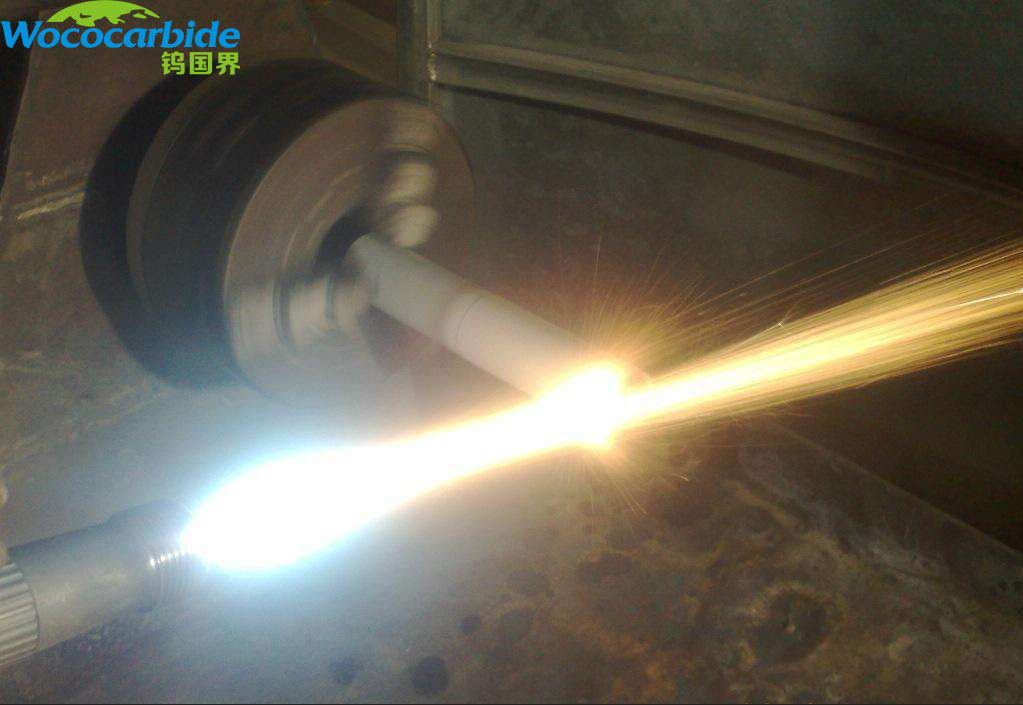

The surface color of the thermal spray coating should be consistent, the coating and the corners of the workpiece should not be oxidized, and the thickness should be uniform; the appearance should be smooth and flat, and no condensation and coating peeling should be allowed; there should be no defects such as pores, slag inclusions, cracks, and pinholes.

1) Polycondensation
Polycondensation is a common defect in the melt-blown layer. During remelting, the alloy powder cannot evenly wet the surface of the substrate after melting, but instead condenses into a ball. The polycondensation is mainly due to the serious oxidation of the surface of the substrate or the alloy powder, which exceeds the oxidation resistance of the self-flux. The oxide layer separates the alloy from the surface of the substrate, and the liquid alloy is polycondensed under the action of surface tension.
The spray coating that produces polycondensation is a waste product and must be removed and re-sprayed.
2) Coating peeling off
The spalling of the spray coating is caused by poor bonding with the substrate. If peeling is found, the sprayed layer must be removed, the surface of the workpiece should be cleaned again, and then the spraying should be done again.
3) Pores and slag inclusions
Taking metal alloy powder flame spraying as an example, pores are generated when the workpiece is improperly prepared, the oxygen content of the alloy powder is too high, the acetylene contains water, and the flame blowing force is too large during remelting. Slag inclusion is caused by the poor quality of alloy powder, such as high melting point, high viscosity, insufficient deoxidation ability, and impurities in the powder. In addition, when the flame moves too fast during remelting, it is difficult for the slag to fully float out, which will also cause slag inclusion. Pores or slag inclusions will reduce the quality of the sprayed (melted) layer, which will directly affect the wear resistance and corrosion resistance of the workpiece, and will also cause stress concentration and affect the strength of the workpiece. Whether it should be scrapped should be determined according to the working conditions of the workpiece. For workpieces with wear resistance requirements, the coating should have no more than 5 pores or slag inclusions with a diameter of less than 0.04mm in an area of 1cm².
4) Crack
There are many reasons for the cracks, such as: insufficient preheating temperature of the workpiece before thermal spraying; too fast cooling rate after spraying; too large difference between the expansion coefficient of the sprayed layer and the substrate; too large substrate stiffness; stress, etc. may cause cracks in the coating. Cracks are not allowed in thermal spraying and must be re-sprayed once found. In order to prevent cracks, the process requirements of workpiece spraying must be strictly followed.
Hot information

